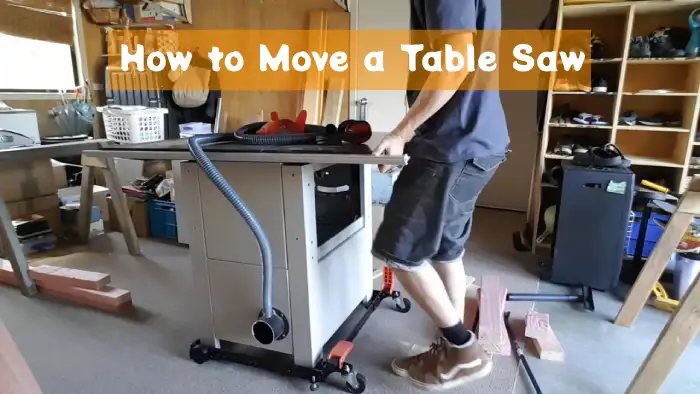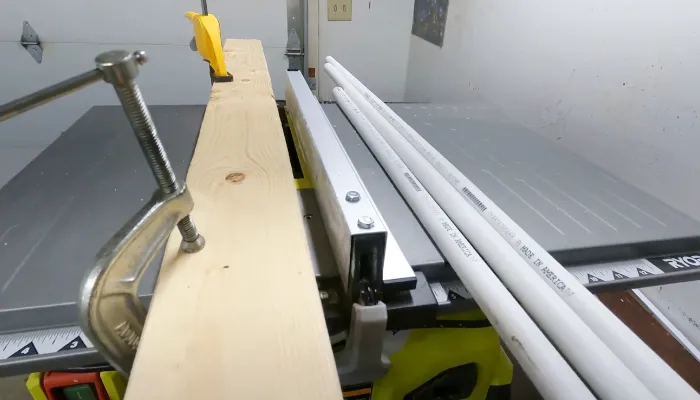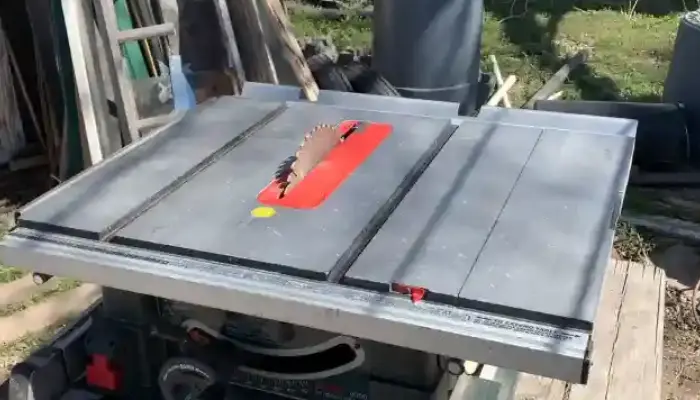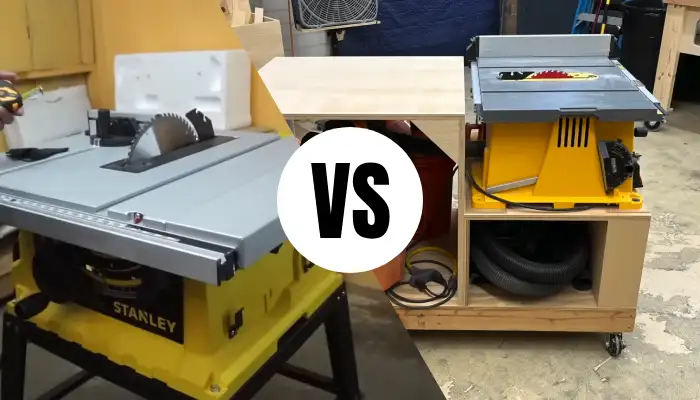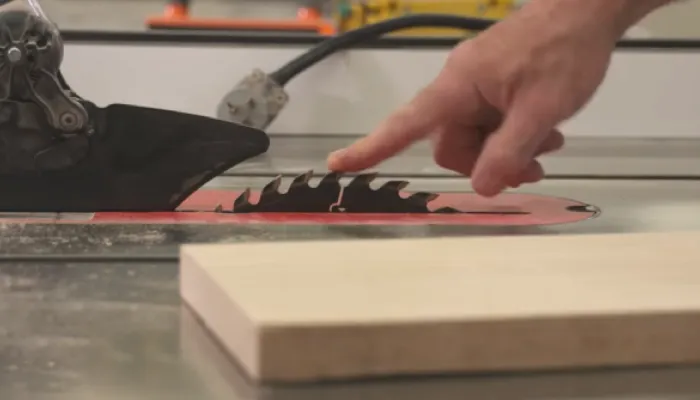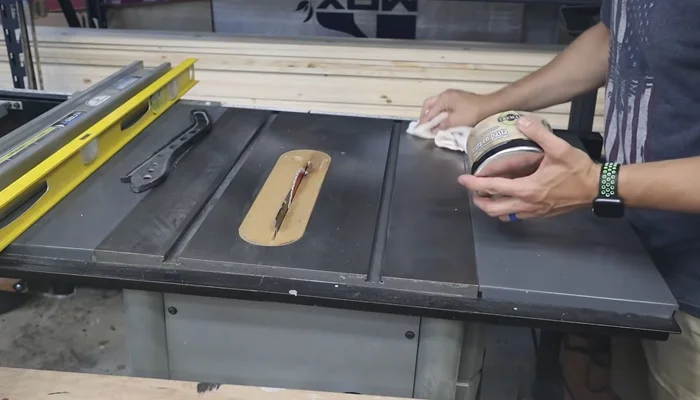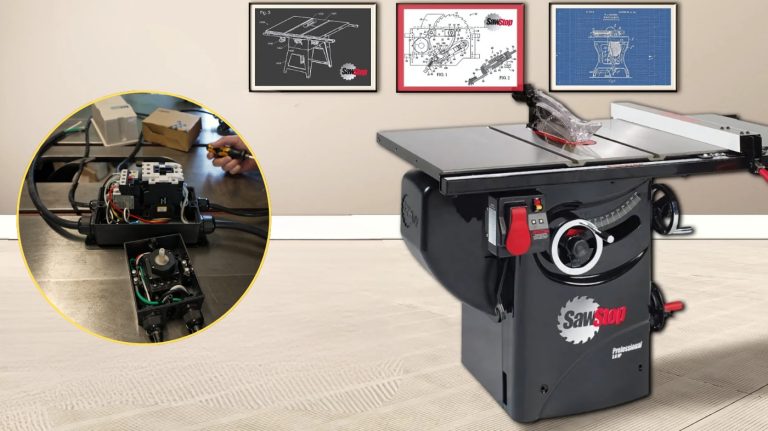How to Move a Table Saw: 4 Steps to Follow
Moving a table saw is a complicated process that requires careful planning and execution to ensure the equipment’s and your safety. I researched extensively how to move a table saw and observed people’s experiences who successfully accomplished this task.
Based on my findings, you have to disassemble the table saw in order to protect its delicate parts and reduce the weight of the object, making it easier to move. After disassembling, it’s crucial to secure the pieces tightly to avoid any damage or loss.
I will describe all the steps you need to take in order to relocate your table saw in detail so you can easily follow them and complete the process successfully.
How to Move a Table Saw: A Guide to the Process
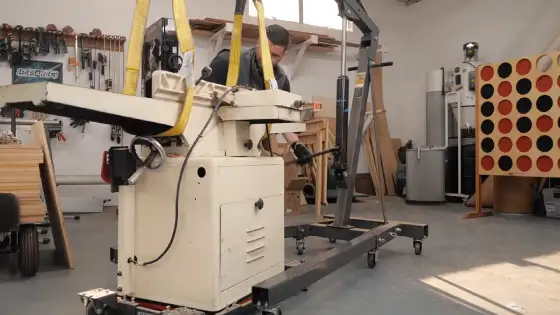
You’ll need to follow the steps below that I have compiled to ensure a smooth and safe relocation of your table saw:
- Step 1: Disassemble the components
- Step 2: Secure the disassembled pieces tightly
- Step 3: Load the table saw onto a truck
- Step 4: Unload and reassemble the table saw
Step 1: Disassemble the Components
Before beginning the disassembly process, consult the owner’s manual for your table saw to locate and understand the necessary steps.
For stationary table saws, remove the components. Begin by removing the extension wings, which are usually held in place with screws. Use a screwdriver or a wrench to loosen and remove these screws.
Next, detach the fence rails by loosening the bolts or screws that secure them to the table saw. Carefully lift the cast iron top off the table saw, ensuring that you have assistance if needed due to its weight. After this, disconnect the motor by following the instructions provided in the owner’s manual.
Step 2: Secure the Disassembled Pieces Tightly
Now, secure each of the disassembled pieces tightly to prevent any movement during transportation. To begin, use moving blankets, cardboard, or carpets to protect each component from scratches and dings. Carefully wrap these materials around the disassembled pieces, providing an extra layer of padding.
After that, utilize ratchet straps or ropes to fasten the components together securely. Start by anchoring one end of the strap or rope to a stable point, such as the base of the table saw or a sturdy piece of furniture.
Then, loop the strap or rope around the disassembled pieces, making sure it’s tight and secure. Repeat this process for any additional components.
Step 3: Load the Table Saw Onto a Truck
Loading the table saw onto a truck is a critical step in moving it safely and efficiently. To do this, I found that most people prefer to choose a suitable vehicle equipped with ramps or a trailer with hydraulic lifts.
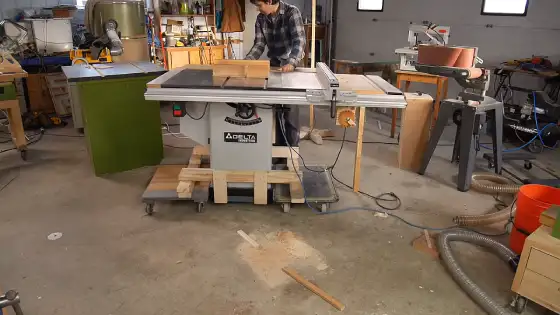
If your table saw is portable, use its design for easier mobility. Consider the length of your table saw while selecting a suitable vehicle. Ensure that the vehicle can accommodate the length of the table saw, especially for larger models.
Use a loading ramp to ensure a gradual and controlled ascent, preventing jarring movements that could damage the saw. Consider seeking assistance from friends or colleagues for heavier table saws to make the loading process smoother and safer.
Remember to secure the table saw tightly to the truck using straps or bungee cords to prevent it from shifting during transportation. Taking these precautions will help ensure that your table saw arrives at its destination in good condition.
Step 4: Unload and Reassemble the Table Saw
Upon reaching your destination, carefully unload the table saw. Utilize the lift gate on the truck if it is equipped with one for a more controlled descent. If not, carefully unload the disassembled pieces with the help of friends or colleagues.
Once you have all the components out of the truck, it’s time to reassemble the table saw. Refer to any labels or pictures taken during disassembly to guide you in putting the components back together. Take your time to align everything correctly and ensure a proper fit.
Check the alignment and level of the table saw to ensure optimal performance. Use a level to check the flatness of the tabletop and confirm that the blade is perpendicular to it.
Take this opportunity to make any necessary adjustments to ensure everything is properly aligned. Once you’re satisfied, clean the table saw top, connect the power, and conduct a test run to ensure that the table saw is functioning correctly.
What’s the best way to protect the table saw’s blade during transportation?
To protect the table saw’s blade during transportation, you need to remove the blade from the equipment. Detaching the blade reduces the weight of the table saw and minimizes the risk of damage.
Ensure the saw is powered off and unplugged before removing the blade. Store the detached blade securely in a protective case or cover to prevent any potential harm during transit.
This precautionary step not only safeguards the blade but also contributes to the overall safety of handling the table saw during the moving process. It allows for a smoother and more manageable relocation, ensuring that both you and your equipment arrive at your destination without any issues.
Can you use a furniture dolly to move a table saw?
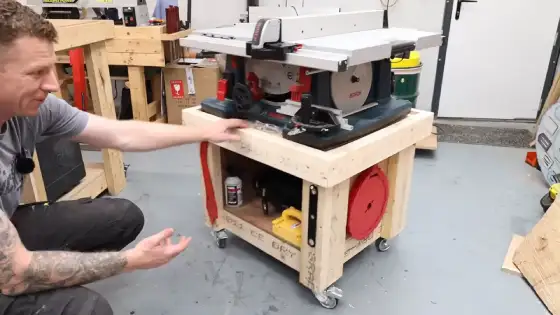
You can definitely use a furniture dolly to move a table saw, especially for short distances like moving it from one room to another. However, you should consider the weight of your table saw. Ideally, the furniture dolly should be able to support the weight of the table saw.
Using a furniture dolly makes the process much more manageable and less strenuous, allowing you to transport the table easily saw without putting excessive strain on your back or risking damage to the equipment.
Ensure that the table saw is securely strapped to the dolly to prevent any potential shifting during the move. The wheels of the dolly will provide smooth mobility, making the short-distance relocation of the table saw a convenient and efficient task.
Safely Move Your Table Saw with Confidence and Ease
Moving your table saw is a meticulous process that demands careful planning and execution. Follow the steps that I shared with you, derived from extensive research and experiences of those who have successfully relocated their equipment.
Each step is crucial for a smooth and safe transition, from disassembling and securing components to loading, unloading, and reassembling, each step is crucial. Prioritize safety, seek assistance for heavier saws, and take your time to ensure proper alignment.
With these steps, you can confidently move your table saw, safeguarding both its delicate parts and your overall relocation experience.

